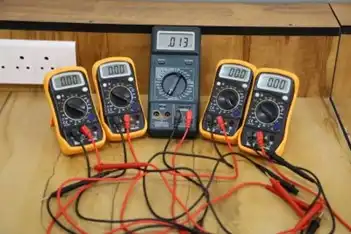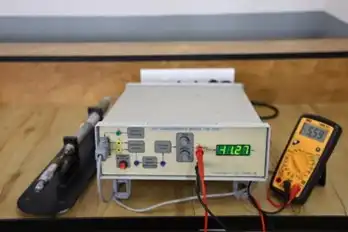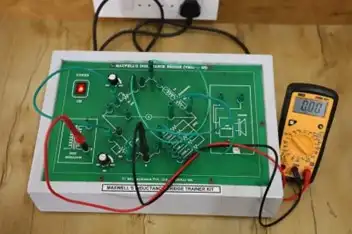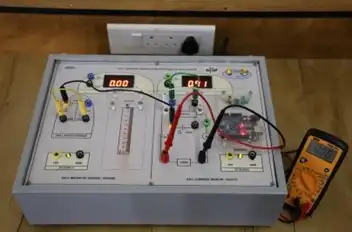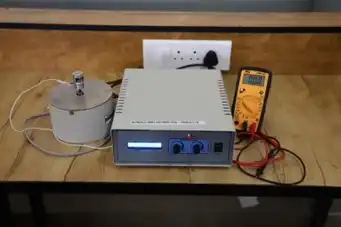Sensors and Signal Processing Laboratory, KPR Institute Engineering and Technology, Autonomous Engineering Institution, Coimbatore, India
Sensors and Signal Processing
About
Sensors and Signal Processing Laboratory is a cutting-edge facility focused on sensor technology and signal processing. The Sensor Lab provides students, researchers, and engineers with hands-on experience in sensor interfacing, data interpretation, and advanced signal processing techniques. The lab supports research in areas like sensor fusion, predictive analytics, and smart sensor systems, fostering innovation in mechatronics, electronics, and robotics. Industry collaborations offer real-world problem-solving opportunities, bridging theory and practice.
Objectives
- Understand the principles and operation of various sensors and transducers and Master signal acquisition, conditioning, and processing techniques.
- Develop hands-on expertise in sensor interfacing and real-time data acquisition. Train in the use of modern signal processing tools, algorithms, and software.
- Conduct research in advanced areas such as sensor fusion, predictive analytics, and smart sensor systems. Innovate and develop cutting-edge sensor-based technologies.
- Design and implement sensor-based solutions for fields like automation, healthcare, IoT, and robotics. Develop efficient and reliable signal processing systems for real-world challenges.
Training Course
- Introduction to IoT and Smart Sensor Technologies
- Sensors and IoT: Fundamentals to Applications
- IoT for Beginners: Leveraging Sensors in Everyday Life
- Smart Sensors and IoT: Bridging the Physical and Digital World
Facilities: Major Equipments
AC Voltage: Typically 200 mV to 1000 V.
DC Voltage: Typically 200 mV to 1000 V.
AC Current: From micro amps (µA) to several amps, typically 200 µA to 10 A.
DC Current: Similar range as AC current.
Resistance: From ohms (Ω) to mega ohms (MΩ), e.g., 200 Ω to 40 MΩ.
Air pressure sensor trainer kit module
Pressure range: Up to 100 bar
Sensor Type: Bourdon tube,
Piezoresistive (strain-gauge-based).
Accelertion, Velocity, Displacement Measurement using Piezoelectric Accelerometer Sensor Kit Module
Acceleration: ±50 g to ±500 g (varies by model). Velocity: 0-100 mm/s or higher.
Displacement: 0–10 mm
Sensor Type: Piezoelectric accelerometer.
LVDT Sensor Trainer Kit Module
Displacement Range: Typically ±5 mm to ±50 mm
Core Material: Magnetic
Maxwell Inductance Bridge Sensor Trainer Kit Module
Measurement Range: Typically 10 mH to 10 H
Hall Sensor Characteristics & Its Application
Supply Voltage: Typically 3.3V, 5V, or 12V DC.
Sensor Types: Analog and Digital Output
Vibration Sensor Trainer Kit Module
Type: Piezoelectric
Sensitivity: Piezoelectric: ~10-100 mV/g.
Admission 2025
Enquire Now
GENERAL ENQUIRIES
Get in touch with a academic advisor at KPR Institute of Engineering and Technology with any questions you have about programs, applications, curriculum and important dates.
Click here for general enquiries
Monday to Saturday, 09:00 am to 04:00 pm (Indian Standard Time)
